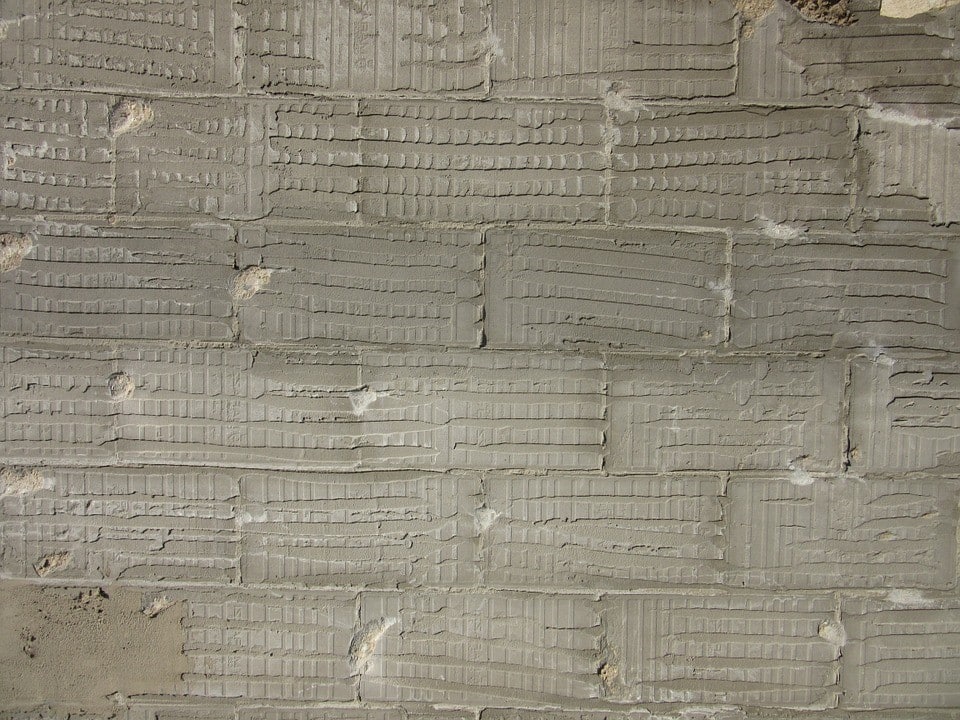A trowel is one of the most basic and essential tools used in plasterwork and masonry. Every professional plasterer relies on a durable trowel to complete a project. For DIY home improvement projects, one must also rely on a good quality trowel to ensure that the resulting plastered surface is of good quality. Knowing the basics of plastering trowels helps you choose a tool that best fits your needs and level of expertise.
Plastering tools come in different shapes and sizes; here is an overview of the different parts of a trowel:
- Handle. A trowel’s handle is usually inclined in relation with the spindle’s angle. The handle can be made from wood, rubber, plastic, or other materials that are non-slip.
- Blade. This is the part of the trowel used in applying plaster. The shape and length of the blade help the tool adapt to different surfaces. Some trowels have blades that are specialised for applying plaster in hard to reach areas.
- Toe. This refers to the tip of the trowel. Depending on the requirement of the job, the trowel tip can be either straight, curved, or triangular.
- Heel. This part pertains to the width of the trowel.
- Shank. Modern trowels no longer have a shank that is separate and welded to the blade. Trowels today are one-piece constructions from blade to handle.
- Ferrule. This part is placed on the handle to prevent it from splitting.
Trowels are usually categorised according to the type of work as well as the amount of material that will be applied. Larger trowels that come with a long shank are ideal for mixing and kneading plaster. Smaller trowels, on the other hand, are used for application and finishing. For the best plasterer’s tools UK suppliers offer, you can purchase them online along with other plastering tools.
Common types of trowels
Here are the most common types of plastering tools UK suppliers sell online.
- Plasterers trowel. This basic trowel has a rectangular blade. It is used in applying and finishing plaster on a surface. There is a variety of widths and lengths to choose from depending on the amount of plaster that needs to be applied.
- Corner trowel. This specialised trowel is used to apply plaster in corners. The distinguishing feature of this tool is the V-shaped blade.
- Brick trowel. This trowel is diamond-shaped and slightly rounded. True to its name, it is mostly used for applying mortar to bricks.
- Pointing trowel. This is similar in shape to a brick trowel but smaller. This tool is used to repair mortar joints as well as fill-in cavities.
- Gauging trowel. If you need to mix specified proportions of plaster, this tool is often used. It is also used for gauging plaster.
- Margin trowel. For tight spaces and hard to reach corners, you can use a margin trowel to work with mortar.
Professional plasterers understand the importance of using the right type of tool to achieve a certain finish. For DIY projects, having a few of these tools should be sufficient.
Image: Pixabay.com

